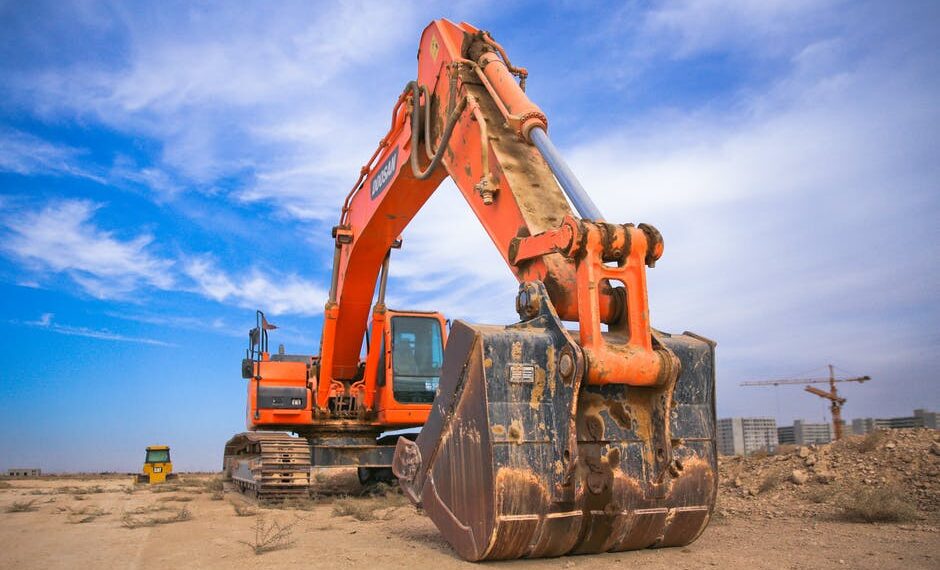There’s a reason why there are over two million truckers that specialize in heavy load haulage. When a company needs to transport heavy equipment they rely on these types of drivers to handle their inventory.
Sadly, the nature of heavy equipment haulage makes it difficult, expensive, and potentially dangerous to move this type of equipment. That’s why it’s important to know as much about the moving process as you can.
Luckily, we’ve organized this article to provide you with a crash course in hauling heavy equipment for your business. Let’s get started!
Table of Contents
Check the Owner’s Manual That Comes With the Heavy Equipment
Heavy equipment will typically come with detailed instructions on how it needs to be transported. Many types of equipment will need to be deconstructed, or at least broken up into smaller sections to be transported.
The owner’s manual can also tell you what parts of the machine are susceptible to damage and which ones can take some bruises and still be fine. And don’t panic if you can’t find the owner’s manual, or you purchased it.
You can typically find the manual online by going to the manufacturer’s website. Make sure you share any information you’ve learned with the heavy equipment hauling company.
Even the most experienced company might not know all the rules they should follow when transporting your specific piece of equipment.
Find the Right Trailer
Different types of heavy equipment will require different types of trailers to carry them. As such, you should be familiar with some of the popular types so you know which one is right for your needs.
The most popular type of trailer is probably the removable gooseneck, or RGN, trailer. This type of trailer can hold up to seventy-five tons. Plus, the loading process is incredibly easy. As long as your equipment can fit, then you just drive it up onto the trailer. If you have equipment that is higher than the legal maximum height, then consider a step-deck trailer.
These types of trailers can carry loads that are up to ten in a half feet tall without requiring additional permits. If your equipment is higher than ten in a half feet, then you’ll need a double drop trailer.
Because these trailers are lower to the ground they can carry a maximum height of twelve feet. Flatbeds are a good cheap option for smaller types of heavy equipment. These trailers can carry up to twenty-four tons.
They’re also much easier to load and unload. Finally, if you have equipment that is extra long, then you will need a stretch trailer. These types of a trailer can extend their frame to reach up to fifty-three feet in length.
Look For a Good Hauling Company
If you choose a bad hauling company, then it doesn’t matter how much research you do on heavy equipment hauling. At the end of the day, whatever you’re transporting will likely arrive damaged.
Or, worse, it won’t arrive at all. As such, we recommend taking the time to research your transport companies. You should find one that specializes in heavy equipment haulage. Ideally, they should also have great customer service, with tracking technology.
That way, you know exactly where your equipment is at all times. If you need a good suggestion, then look no further than Kaiser Logistics, Inc. Make sure that you look here for more.
Try to Avoid Wide Load Designations
If you can help it, then you’ll want to try to avoid a wide load designation. Not only do these types of transports require multiple drivers, but they also change from state to state. Certain states come with specific regulations in terms of the weight and height that’s allowed for safe transport.
As such, what’s safe in one state might not necessarily be legal in another. As such, you’ll need to plan a route that doesn’t break any laws when you travel with a wide load.
The good news is that there are some ways you can avoid this. If your equipment is too heavy or high, then you can usually break it up into multiple pieces. The same goes for equipment that is too long.
The bad news is that equipment that’s too wide will likely require the wide load designation. However, you should discuss this first with your transit company to see what your best option is.
Do Your Heavy Equipment Haulage in the Spring or Summer
It’s almost always more affordable to transport heavy equipment in the Summer or Spring instead of the Winter. There are a variety of reasons for this. For one thing, fluids in the machine will need to be drained during the winter.
The bumpy and slippier road conditions can easily lead to spilling. This means that the machine can’t be started up to keep warm during the journey. This is problematic if you have a piece of large equipment that can easily freeze.
If fluids in the machine burst open, then it can cause major damage to internal systems. You’ll also need to protect the machine from the outdoor elements which means a lot of tarps and extra work.
As such, you can expect to spend a lot more money if you transport something during the Winter. Instead, transport during the Spring or Summer to make the trip cheaper and safer for your equipment.
Want More Content? Keep Exploring
We hope this article helped you learn more about heavy equipment haulage. As you can see, there’s a lot to consider when transporting these large items for your business. However, as long as you follow the advice in this article, and find a good transport that specializes in this type of haulage, then you should be fine.
Did you enjoy this article? If the answer is yes, then you’re in the right place. Keep reading to find more topics that you’re sure to enjoy.

